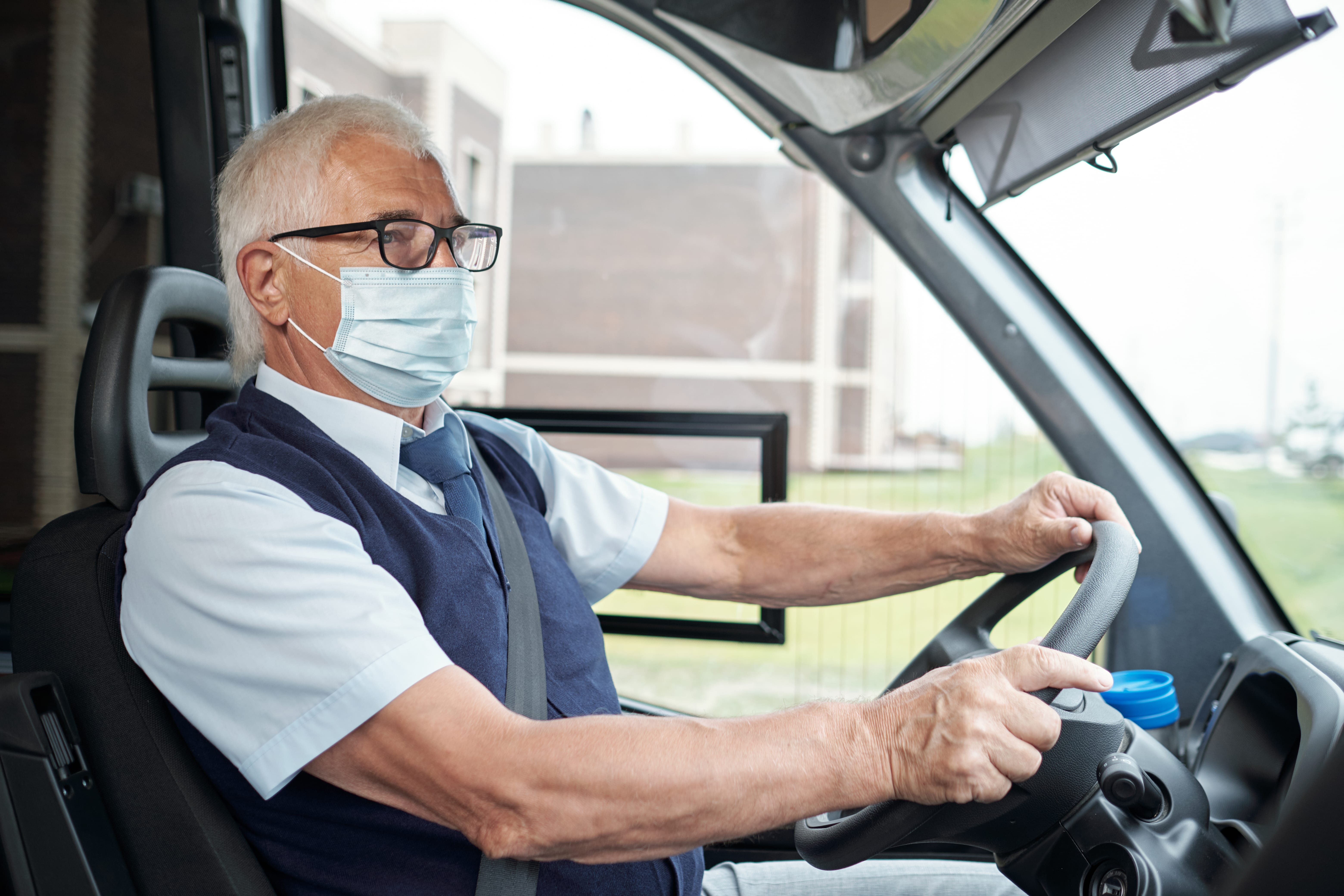
Guest blog by Dr J Pearson, Chief Medical Officer, Health Drive Digital
Driver shortages, poor facilities for drivers and worry over our supermarket shelves not being full – all recently in the news. But is not the real concern drivers' poor state of health? Drivers are sedentary, spend many hours away from their families, and have poor access to decent food, rest, opportunities to exercise and access to a GP, when they are on the road often for days at a time.
I first started doing driver (D4) medicals for an occupational health (OH) company in Cardiff. It did not take long to realise that outside of this controlled cohort the D4 form relies too much on the accurate testimony of the client and not nearly enough on objective information. Yes, we examine their eyesight and BP as set down in the criteria, but as there are no medical records, the rest of the form relies on the driver understanding what the questions mean and having accurate and contemporary medical information to hand.
A critical area is Obstructive Sleep Apnoea (OSA). Not one driver admitted to it to me, despite it affecting about 13% of the adult male population. OSA is linked to heart disease, obesity, diabetes and depression, and an increased rate of accidents. Independent confidential surveys have shown that 1 in 4 drivers have admitted to falling asleep at the wheel. The Sleep Charity have stated OSA is the cause of 20% of fatal accidents in the HGV industry and reduces a life span by 20%!
What can be done? We realised that we need to bring the monitoring to them at scale, so that OH clinicians can safely oversee hundreds of drivers at once. After a year of research and meetings with stakeholders like RoSPA, the Sleep Charity and leaders in the Haulage industry I joined a company that had recently created a virtual ward to help to run their intervention, Health Drive Digital.
We set out to find those who are at the greatest risk of health conditions that lead to increased morbidity and mortality, taking a cohort of 26 drivers and back-office staff who also suffer from similar risk factors of sedentary work, stress, long hours, and obesity. Via our anonymised Virtual-Ward we monitored their steps, sleep patterns including minute by minute SpO2 measurements at night, heart rate, mood and self-reported weight and BP over a six-week period. We prompted volunteers to access exercise, diet, and wellbeing programmes twice a week via our app. Targeted messages focused on better sleep, more steps and better diet if needed. We also prompted the managerial volunteers to assess and improve the working environment, with standing desks, encouragement to get moving, set up a lunch time walking club and availability of healthier snacks. Approaching this problem from an OH angle enabled me to explain to the drivers and management about hazards and risk analysis - using the SHIFT study.
We referred actionable abnormalities to a virtual GP service, who partnered up with us and they provided feedback of their pathways and outcomes. At screening, out of 26 volunteers we found two pre-diabetics, two new diabetics and the two diabetics that we knew had poor Hba1c control. Over 50% of the BPs were in the hypertensive range, over 50% had dyslipidaemia and over 50% were in the obese BMI range. We referred 20 of the 26 volunteers, and the virtual GP service reflected that all referrals were necessary. Over time we noticed a massive increase in steps with an average weight loss of over 3kg, one man lost over 10kg and almost all were sleeping longer.
Current health provision cannot provide meaningful pre-emptive medical care for this cohort of workers which reflect most modern-day office workers who are equally sedentary with stressful jobs, poor access to exercise and decent nutrition. This occupational approach using health intervention and monitoring with targeted intervention and support will reduce sickness absence, presenteeism and accidents and will benefit the individuals, their families, companies and reduce the sickness burden on the NHS and society. It is not enough to simply strap on a watch. What this shows is that via OH intervention, education and oversight paired with a change in corporate health culture has changed the health and fitness levels of 26 people very quickly, and this needs to be offered to more.

